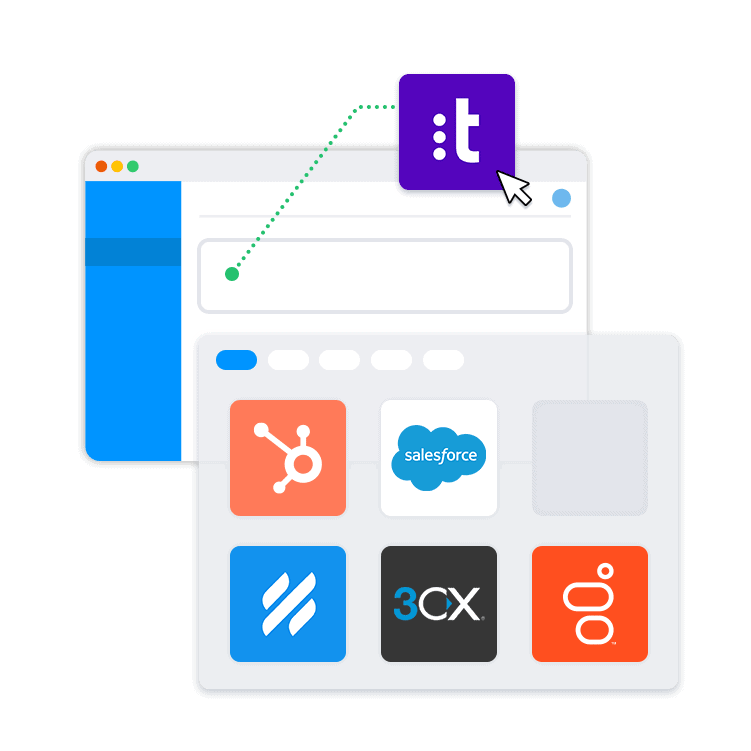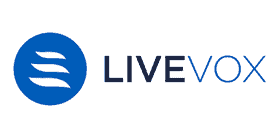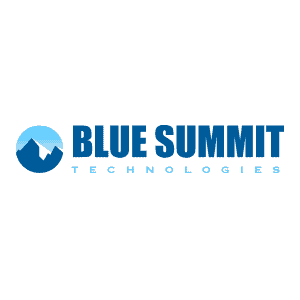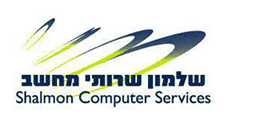Cloud Contact Center Software (CCaaS) – Best Contact Center Platform for Global Business & Call Centers
VIRTUAL CALL CENTER
Cloud Contact Center Software
AVOXI's Cloud Contact Center is the flexible, affordable, and easy-to-use communications platform for global business. Manage your call center agents, phone numbers, customer service metrics, call routing rules from a browser-based interface. No setup fees. No contracts. Try contact center software risk-free!
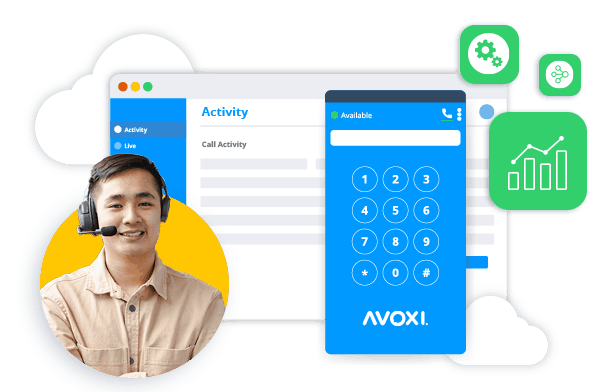
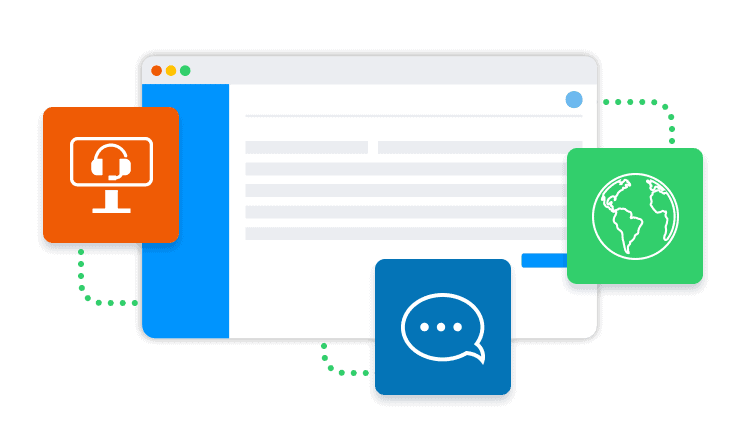
Try Contact Center Software Risk-Free
Contact Center Software (CCaaS) makes it easy to handle inbound and outbound calls, manage remote teams, monitor agent performance, and more. AVOXI's cloud-based contact center platform integrates with your CRM and customer service tools like Salesforce to improve caller satisfaction, reduce errors, and automate tasks like call logging.
 
Setting up your virtual contact center is quick, easy, and affordable with AVOXI. Get your free trial of the top contact center platform for global business!
Cloud Contact Center Features
Get all the contact center tools you need in one user-friendly, browser-based platform. Your browser-based contact center features include all the tools you need to quickly improve your communications and team performances.
Delivering an Award-Winning Global Communications Platform
With notable recognition for our 20 years of global voice and messaging experience to our emerging solutions that are gaining adoption, AVOXI’s all-in-one platform delivers everything you need to successfully run and manage your global cloud communications.
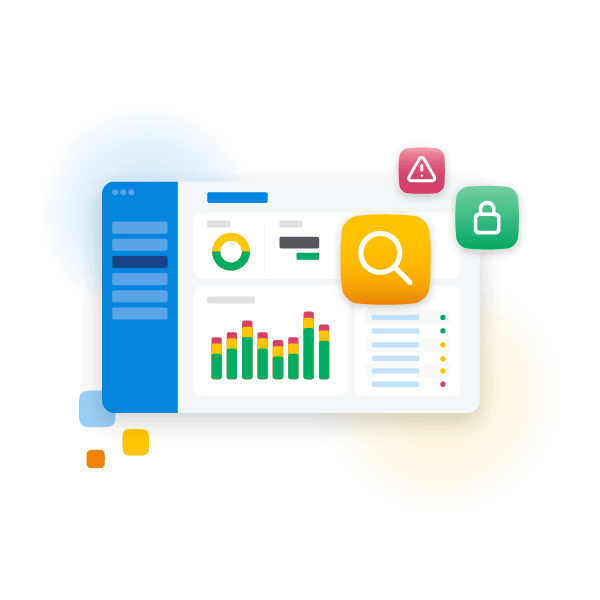
What Customers Say
Don't just take our word for it. See why thousands of businesses rely on AVOXI as their global communications platform.
Have Questions About Our
Virtual Contact Center?
Interested in trying contact center center software, but not sure if our platform
has every feature you're looking for? Speak with one of our in-house
experts to request new features or a custom pricing plan.
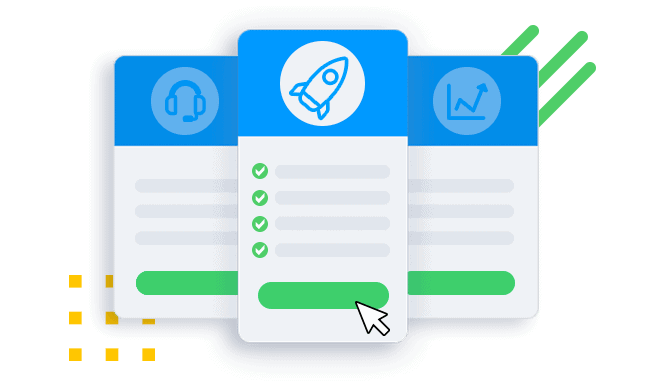
Have Questions About Our
Virtual Contact Center Platform?
Interested in trying contact center center software, but not sure if our platform
has every feature you're looking for? Speak with one of our in-house
experts to request new features or a custom pricing plan.

 The Top International Contact Center Solution
The Top International Contact Center Solution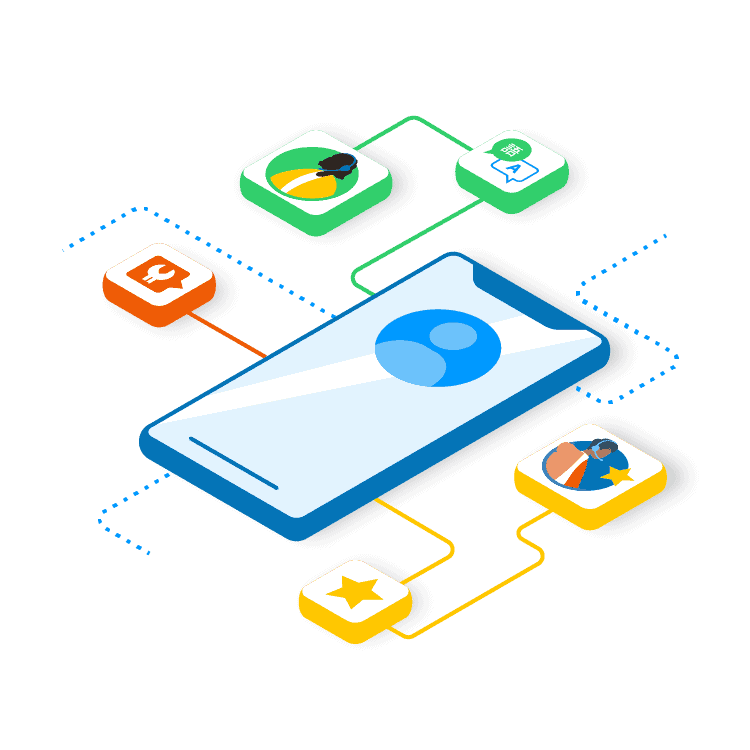 Manage Your Contact Center's Call Routing Rules from an Intuitive Interface
Manage Your Contact Center's Call Routing Rules from an Intuitive Interface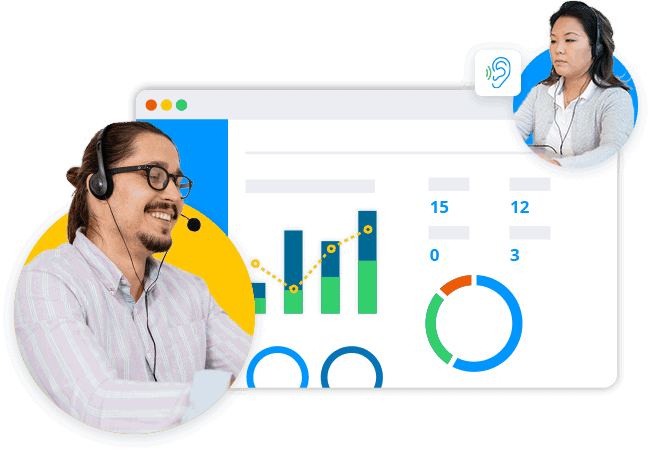 Motivate Call Center Agents, Monitor Conversions, and Improve Customer Service
Motivate Call Center Agents, Monitor Conversions, and Improve Customer Service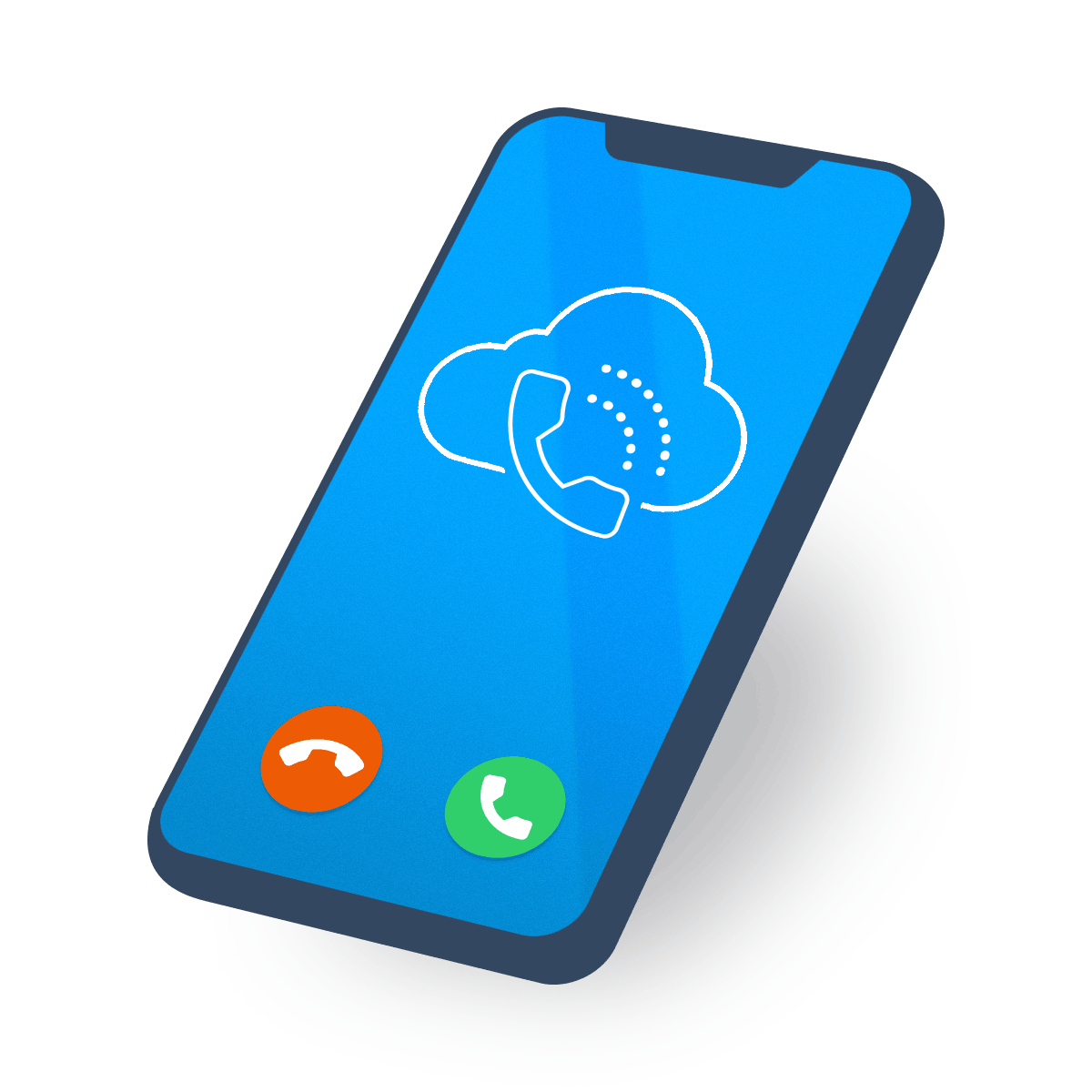 Global Outbound Dialing Features Included with Your Contact Center Software
Global Outbound Dialing Features Included with Your Contact Center Software